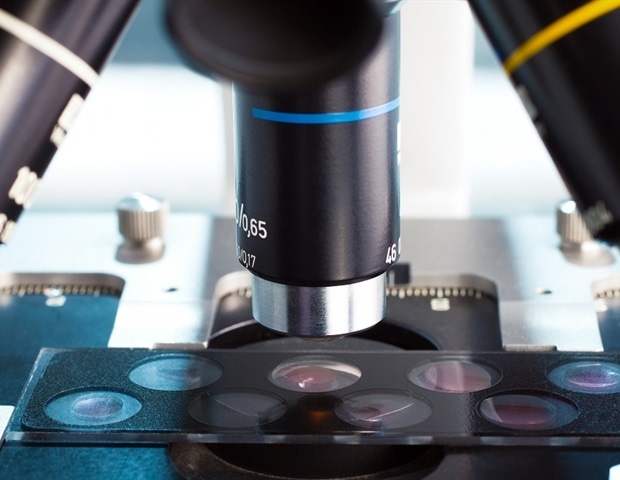
[ad_1]
Representatives of many pathogenic fungal species find new habitats on microplastic particles in the soil and could thus be one of the possible causes of an increase in fungal infections. Researchers from Bayreuth, Hanover and Munich have demonstrated this in a new study. Using high-throughput methods, the scientists analyzed fungal communities from soil samples taken from sites near human settlements in western Kenya. The results of this research were published in the journal Scientific Reports.
This study is the first to focus on fungal communities on microplastic particles in soil. Many of the species detected belong to groups of fungi that are pathogenic to plants, animals and humans. Pathogenic microfungi are able to colonize otherwise inhospitable surfaces of microplastic particles due to their characteristic adhesive lifestyle. In addition, they are able to withstand strong solar radiation and heat to which they are exposed on the ground surface.
We were able to observe all the stages in the formation of the fungal biofilm on the microplastic particles recovered from the soil samples. In doing so, we were able to demonstrate that fungi not only thrive, but also reproduce in what is called the plastisphere. The data we have obtained from microscopic examinations and DNA analyzes support the hypothesis that fungi systematically colonize microplastics in soil. In addition, they provide proof that microplastics in the soil accumulate certain pathogenic fungal species: certain species dangerous to humans, in particular black fungi and cryptococcal yeasts, are present on the surface of microplastic particles in concentrations higher than in the surrounding soil. Our study therefore supports the presumption that microplastics in soil are a potential source of fungal infections. ”
Gerasimos Gkoutselis M.Sc., lead author of the study and PhD student, Department of Mycology, University of Bayreuth
Imaging techniques such as scanning electron microscopy and confocal laser scanning microscopy have been used to examine microplastic particles. Metabarcoding analyzes showed that the number of species on microplastic particles was lower than that of soil samples. “Our research results therefore support the hypothesis that specialized fungal communities form on microplastic particles, which differ significantly from the fungal communities in the surrounding soil. At the same time, however, we were able to prove that the number of fungal species present on microplastic in soil is significantly higher than the number of fungal species colonizing microplastic particles in rivers and lakes ”, explains Professor Gerhard Rambold, Head of the Department of Mycology at the University of Bayreuth.
Particularly in tropical countries, the risk of microplastics in the soil becoming a vector of pathogenic fungi is relatively high. Soil samples containing microplastics examined in this new study were collected from study sites in the town of Siaya, western Kenya. The sites included a market, dump, roadside, and courtyard. “Even though plastic waste is often presented as a third world problem, Kenya actually has pioneering status in preventing plastic waste. Since 2017, effective measures have been taken there to eliminate single-use plastic. Kenya has also joined an alliance to prevent the importation of plastic. industrialized countries. This means that measures were taken at an early stage to tackle the problem of plastic waste in the environment. The fact that we have found numerous colonies of potentially pathogenic fungi in soil samples from Kenya is a clear indication of the urgency of the problem in the tropics in general, where the rate of fungal infections is already high. All over the world, fungal infections are on the increase. Our study shows: Measures to prevent plastic waste from entering the environment and to further develop waste management are urgently needed on a global scale “, further explains Professor Rambold.
The results published in Scientific Reports are the result of close interdisciplinary cooperation between scientists from the University of Bayreuth and partners from Leibniz University in Hanover and Ludwig Maximilian University in Munich. The interdisciplinary working group of the University of Bayreuth is part of the Collaborative Research Center DFG 1357 “Microplastics”. Scientists from the fields of mycology, microbiology, biogeochemistry and genetics work together in this team to study the interaction of microplastics and microorganisms living in the soil.
Source:
Journal reference:
Gkoutselis, G., et al. (2021) Microplastics accumulate fungal pathogens in terrestrial ecosystems. Scientific reports. doi.org/10.1038/s41598-021-92405-7.
Source link